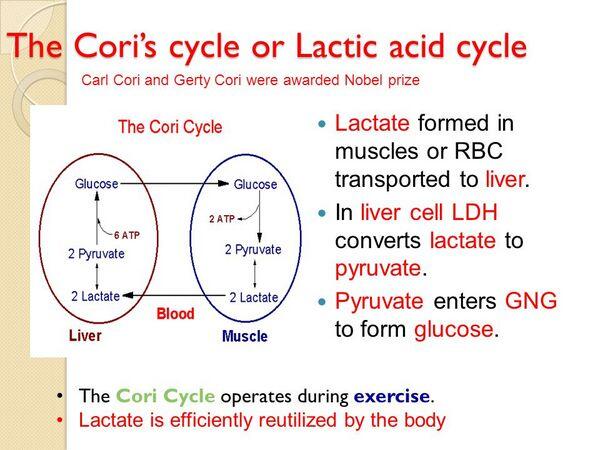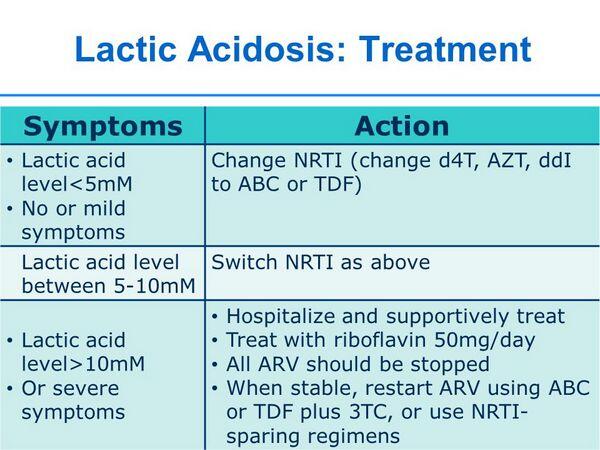Lactic acidosis and severe hepatomegaly with steatosis, including fatalities, have been reported in patients receiving NRTIs (abacavir, didanosine, emtricitabine, lamivudine, stavudine, zalcitabine, zidovudine).

Most reported cases have involved women; obesity and long-term therapy with NRTIs also may be risk factors. Although severe decompensated lactic acidosis with hepatomegaly and steatosis has been reported rarely (1.3 cases per 1000 person-years of NRTI exposure), the syndrome is associated with a high mortality rate. Fatal and nonfatal lactic acidosis has been reported in pregnant women who received antiretroviral regimens that included didanosine used in conjunction with stavudine, and these drugs should be used concomitantly with caution in pregnant women and only if the potential benefits clearly outweigh the potential risks; some experts suggest that this combination be used during pregnancy only when other NRTI combinations have failed or have caused unacceptable toxicity or adverse effects.

NRTIs should be used with caution in any patient with hepatomegaly, hepatitis, or other known risk factor for liver disease; however, lactic acidosis and severe hepatomegaly with steatosis have been reported in patients with no known risk factors. NRTI therapy should be discontinued in any patient who develops clinical or laboratory finding suggestive of lactic acidosis or pronounced hepatotoxicity (which may include hepatomegaly and steatosis even in the absence of marked transaminase elevations).
The mechanism for the development of lactic acidosis and severe hepatomegaly with steatosis in patients receiving NRTIs has not been fully elucidated, but may occur as the result of inhibition of DNA gamma-polymerase, an enzyme involved in mitochondrial DNA synthesis and mitochondrial replication. Results of in vitro tests indicate that all commercially available NRTIs inhibit mitochondrial DNA gamma-polymerase; zalcitabine is the most potent inhibitor followed by didanosine, stavudine, zidovudine, lamivudine, abacavir, and tenofovir. Inhibition of this enzyme and possibly other mitochondrial enzymes theoretically could lead to mitochondrial dysfunction and cellular toxicity. It also has been suggested that mitochondrial dysfunction may be a factor in the development of several other adverse effects reported in patients receiving NRTIs (e.g., cardiomyopathy, peripheral neuropathy, pancreatitis, bone marrow suppression, lipodystrophy).
The clinical prodrome of the lactic acidosis syndrome in patients receiving NRTIs may initially include nonspecific GI symptoms (abdominal distention, nausea, abdominal pain, vomiting, diarrhea, anorexia), dyspnea, generalized weakness, ascending neuromuscular weakness, myalgias, paresthesia, weight loss, and hepatomegaly. Although serum hepatic enzymes may not be substantially increased initially, laboratory evaluation may reveal hyperlactatemia, an increased anion gap, elevated aminotransferases, CPK, LDH, lipase, and amylase.
Enlarged fatty liver may be demonstrated with echotomography and CT scans; histopathology examination of the liver generally reveals microvesicular steatosis. Routine monitoring of lactic acid concentrations is not generally recommended since accurate tests may not be readily available. If lactic acid concentrations are tested, blood samples must be collected and transported using certain criteria; blood must be drawn without the use of a tourniquet, without fist-clenching, and without stasis (if possible) using prechilled fluoride-oxalate collection vials and blood must be transported immediately on ice to the laboratory and tested within 4 hours of collection.
Some experts suggest that serum bicarbonate and electrolyte concentrations can be monitored every 3 months and used to identify early increases in anion gap. Although the lactic acidosis syndrome has resolved following discontinuance of NRTI therapy and some patients have tolerated rechallenge with a new NRTI-containing regimen, there are insufficient data to date to recommend this strategy. If NRTI therapy is not discontinued, progressive mitochondrial toxicity may produce severe lactic acidosis manifested with tachypnea and dyspnea and respiratory failure may follow, requiring mechanical ventilation. In addition to discontinuance of NRTI therapy, intensive therapeutic strategies used in the management of the lactic acidosis syndrome include bicarbonate infusions and hemodialysis.
Although efficacy has not been established, some clinicians have used thiamine and riboflavin in the management of the syndrome based on the pathophysiologic hypothesis that it is related to sustained mitochondrial dysfunction.

